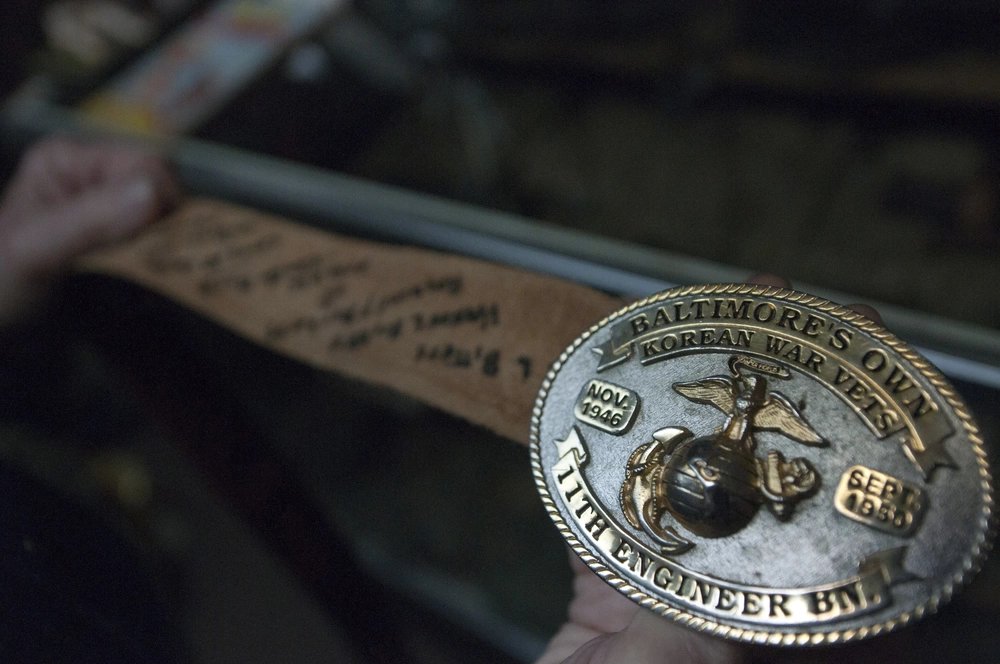The belt buckle used today has evolved over 2000 years. First incepted and used in China and Rome, the fastener has had multifunctional purposes. As its use went over centuries of the middle ages, the buckle became a more intricate element made of different materials, including bones and antlers.
Archaeological evidence has shown that the buckle has been used from as early as 3300 and 1200 BCE. This bronze age was defined by technological progress that defined how people used advanced tools and weapons, essential components for hunting, and other forms of survival. Bronze incepted an entirely new age of artistic decorative art who were involved people of varied creative capabilities.
As a necessity for carrying a broad range of components, particularly tools and weapons, belts with buckles became a norm.

First Inception
The first used belt buckle was made out of softened tree bark covers. From this invention, belts have been shaped into different cultural and geographical specifications worldwide. Materials have evolved from traditional barks to bronze, seasoned leather and artificial components.
Early Roman buckles were D and square-shaped, crafted out of wrought iron by metalworkers. A few hundred years later, iron buckles were made out of hand, an art that transitioned to cast bronze. By the fourth and fifth centuries, buckles had spread across Europe, with oval and D buckles being created in large quantities for decorative art.
Military buckles made significant appearances within the civil war era and had a colossal influence on contemporary designs. American Navajo silversmiths began designing turquoise buckles, and by the 20th century, cowboys were accentuating the Stetson hat with conspicuous clasps.
Although cowboys existed way before the 1900s with suspenders and military buckles, they slowly took the stage in western movies. From over a dozen belt manufacturers to buckle-featuring flags, these components provided an avenue to feature a sense of patriotism throughout the US.
The buckle belt slowly garnered popularity from these crude beginnings and evolved to be appreciated by a dynamic art form of indigenous Indian tribes in the south. Shaped by the exquisite skills of Navajo Indians, the buckle was shaped into various styles by silversmiths.

Accessorized with multi-utility
Functionally, belt buckles served a significant purpose of offsetting the wearer’s shoulders from the burden of objects attached to garments. Another related objective was to secure items. During the middle ages, women secured cosmetics, pomanders and purses on their belts. The buckles also endured the imagination that sword sheaths were attached to straps by knights during the middle ages.
At the same time, buckles served military identification throughout the centuries. Officers in ancient warfare were divided into general staff, cavalry and infantry, all of whom wore buckles showing different branches of service. In the Marine Corps, officers and enlisted have different belt buckles complete with tradition and trivia.
Navajo Indians seemingly borrowed the Japanese culture of ranking swimmers in the 1960s for their martial arts. Fueled by the perception that belts should initially be white and turn brown throughout its use, after which it turns black, different colors were used to show ranking. Adding stripes to the buckle was also a way of showing advancement at lower levels.
In some cities, women wore buckles to show respectability, as those with questionable character were denied wearing them. Allegedly used to mitigate women’s fidelity, the Navajo Indians effectively used buckles to ensure women remained chaste while men were away.
Right through the 20th century, women’s belts were often of the same material as their coats. Buckles crafted out of plastic or metal also gained traction in the west, while men exclusively wore leather belts with metallic buckles to secure their trousers.


